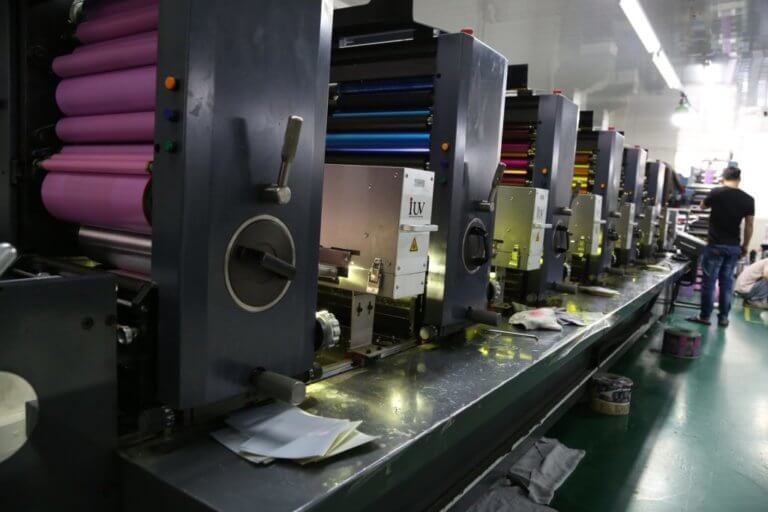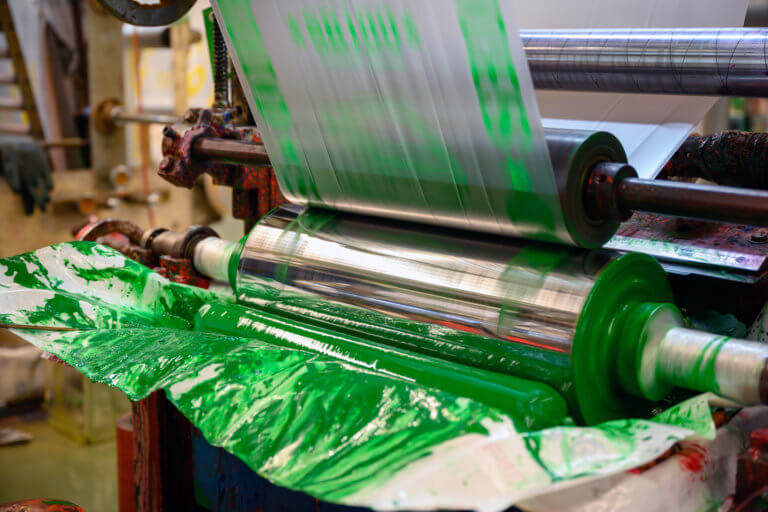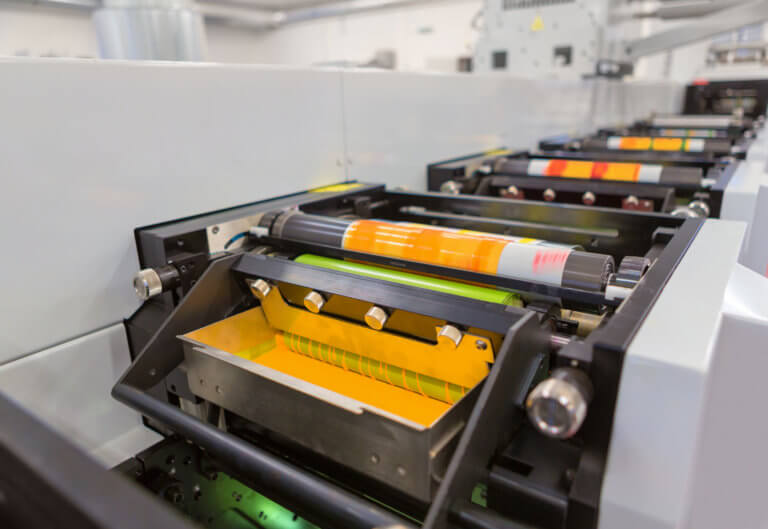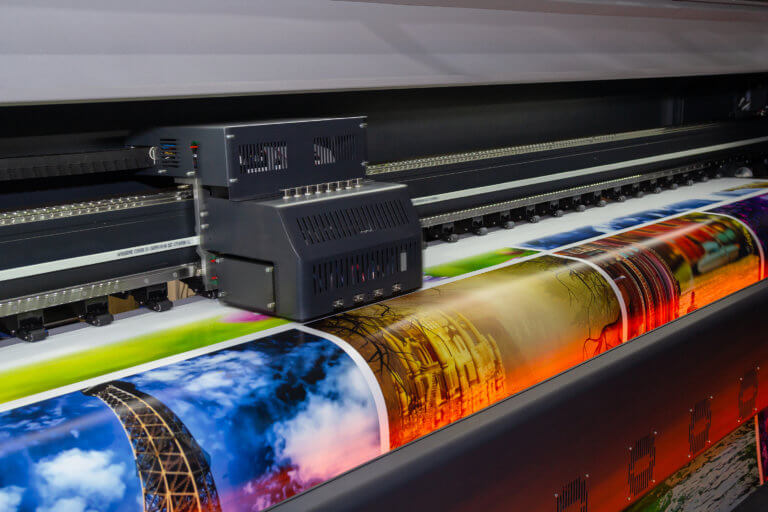Printing has never been more important in the design world than it is today. As packaging and marketing become more colorful and complex, it is up to production teams to ensure that the proper procedures are followed for a project’s successful printing. In this blog, we’ll go over all of the important terms, aspects, and methods of print production, as well as provide a helpful guide to ensure your next project is successfully printed.
Introduction To Color
Color is one of the most important aspects of printing. The human eye, which is one of the fundamentals of print production, can detect millions of colors that no instrument or device can ever reproduce. While a computer monitor can only display a small percentage of these colors, a printing press can reproduce even fewer, illustrating the importance of accurately displaying colors during the printing process.
Because there are so many colors, many color models must be followed for accurate printing, such as:
- RGB: This is an abbreviation for Red, Green, and Blue. In this model, the three main colors are combined in various ways to produce a variety of different colors from which to choose. It is important to note that the RGB color model is an additive process, which means that it combines colors to create a new color.
- CMYK: The CMYK model refers to the four most common printing ink colors: Cyan, Magenta, Yellow, and Black. While everything on a computer screen is in RGB, everything that needs to be printed is in CMYK because certain RGB colors cannot be printed in CMYK. The CMYK model is also known as a “4-color process” or “Process” color.
- PANTONE: Pantone colors are a color system that uses ink formulas to create a specific, accurate color. Many brands use the Pantone system to represent their own colors, and these are an important part of developing a brand position.
Print Methods
While color is an important aspect of print production, deciding on the printing method is arguably the most important. Offset, Flexo, and Gravure printing are the three most popular methods. Each has its own set of advantages for prospective printers interested in using these methods. Managed Print Services aims to help their clients choose the right one to aid in the efficiency of the business. Considering what you want to print will also help you decide which printing method is best for you.
Offset Printing
Offset printing is a very common printing method in the industry and comes in two varieties: sheetfed and web offset. Sheetfed is primarily used in the paper label and folding carton segments for packaging projects, whereas web offset is used for newspapers, magazines, and catalogs.

Image Source: Ink & Print
Graphics are transferred (offset) from a printing plate to a rubber blanket, and then to an underlying layer in this printing method. Rather than physically altering the product, the image area on the plate is based on oil and water repelling each other. This printing method produces images of exceptional quality and consistency and is suitable for both small and large-volume jobs.
Gravure
This type of printing is of the highest quality, with excellent design reproduction and a range of densities ranging from light to dark. Labels and packaging printed on paper, plastic, and foil are frequently used in the flexible packaging industry. While a machine’s initial cost is high due to its long lifespan, its fast printing speed and accurate ink usage make it one of the best choices in the industry.

Image Source: Shutterstock
This printing technique employs cylinders with small cells etched onto the surface. The ink is transferred directly onto the material being printed using this method. The most significant advantage of using Gravure printing is that the cylinders can make a large number of impressions without degrading, resulting in consistently high quality over long print runs. This method is typically used for large printing runs because it can be costly for short runs and the long lead time can be difficult for some.
Flexo
The name “Flexo” is an excellent representation of what this print method is capable of, which is virtually anything! This printing method, which is essentially a ‘rubber stamp’ in which the image is raised on the surface of the plate, has a quick setup and is a good option for shorter runs of product. This makes it one of the most widely used methods of printing packaging because it can be used for a wide range of materials, including cartons, labels, plastic bags, wraps, and more. Although it is the most common, it is also the most difficult printing method because it has some characteristics that make it unsuitable for certain projects. For example, with a variety of packaging options, certain color sets will appear differently as the packaging material changes.

Image Source: Shutterstock
Digital
Digital printing entails transferring a digital-based image directly into a form of media. The most basic example would be sending an image from your phone to your home wireless digital printer. While professional digital printing is on a larger scale, there are numerous advantages to digital printing, including speed, reduced cost, and lower print quantities.
However, there are some disadvantages. Digital printing ink has an approximate lifespan of 3-4 years before degradation begins, such as from exposure to the sun or the elements. Another disadvantage of using digital printing for your projects is that color matching can be difficult, especially when using Pantone colors. These are all factors to consider when deciding on a method of delivery for your print project.

Image Source: Shutterstock
Deciding What’s Best For Your Brand
These three printing methods are only the beginning of your involvement in the printing process. All have distinct advantages that truly revolve around the type of printing project you want to undertake, and what matters most is clear communication with the printer from the start of the project.

